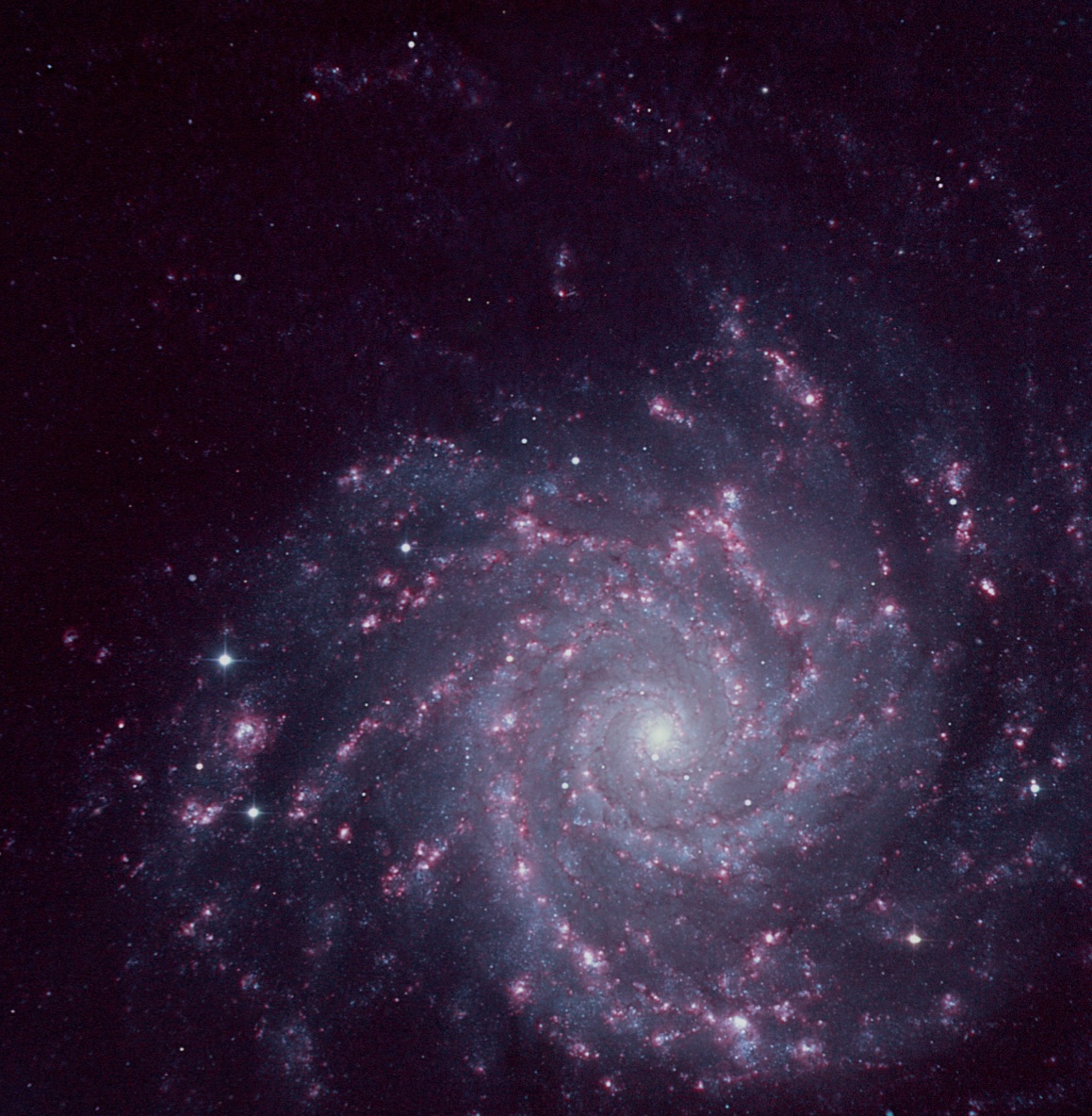This is the first paper of a series dedicated to nebular physics and the chemical evolution of nearby galaxies by investigating large samples of H II regions with the Canada-France-Hawaii Telescope imaging spectrograph SITELLE (Spectro-Imageur à Transformée de Fourier pour l’Étude en Long et en Large des raies d’Émission). We present a technique adapted to imaging spectroscopy to identify and extract parameters from 4285 H II region candidates found in the disc of NGC 628. Using both the spatial and spectral capabilities of SITELLE, our technique enables the extraction of the position, dust extinction, velocity, H alpha profile, diffuse ionized gas (DIG) background, luminosity, size, morphological type, and the emission-line fluxes for individual spaxels and the integrated spectrum for each region. We have produced a well-sampled H II region luminosity function and studied its variation with galactocentric radius and level of the DIG background. We found a slope alpha of -1.12 ± 0.03 with no evidence of a break at high luminosity. Based on the width of the region profile, bright regions are rather compact, while faint regions are seen over a wide range of sizes. The radius function reveals a slope of -1.81 ± 0.02. BPT diagrams of the individual spaxels and integrated line ratios confirm that most detections are H II regions. Also, maps of the line ratios show complex variations of the ionization conditions within H II regions. All this information is compiled in a new catalogue for H II regions. The objective of this data base is to provide a complete sample which will be used to study the whole parameter space covered by the physical conditions in active star-forming regions.
Rousseau-Nepton, L.; Robert, C.; Martin, R. P.; Drissen, L.; Martin, T.
2018, Monthly Notices of the Royal Astronomical Society, 477, 4152
http://adsabs.harvard.edu/abs/2018MNRAS.477.4152R
